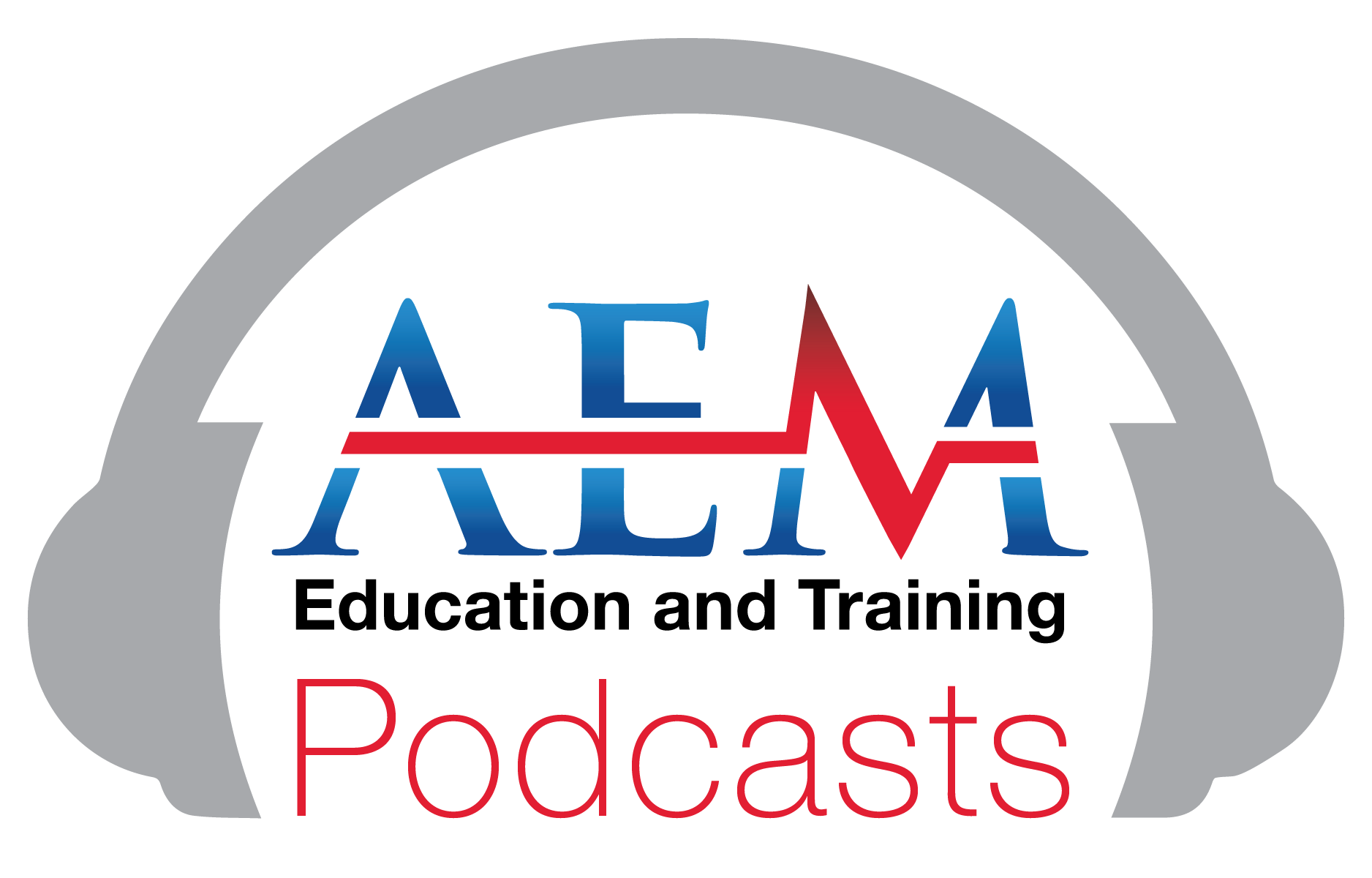AEM Early Access 52: Nonfatal firearm injuries: Utilization and expenditures for children pre- and postinjury
Welcome to the fifty-second episode of AEM Early Access, a FOAMed podcast collaboration between the Academic Emergency Medicine Journal and Brown Emergency Medicine. Each month, we'll give you digital open access to a recent AEM Article or Article in Press, with an author interview podcast.
Find this podcast series on iTunes here.
DISCUSSING (OPEN ACCESS THROUGH august 31, 2021; CLICK ON TITLE TO ACCESS)
Nonfatal firearm injuries: Utilization and expenditures for children pre- and postinjury
Christian D. Pilcini MD, MEd, MPH, Monika K. Goyal MD, MSCE, Matt Hall PhD, Heidi Gruhler De Souza MPH, Sofia Chaudhary MD, Elizabeth R. Alpern MD, MSCE, Joel Fein MD, MPH, Eric W. Fleegler MD, MPH
LISTEN NOW: INTERVIEW with author
Christian D. Pulcini, MD, MEd, MPH, FAAP
Attending Physician, Pediatric Emergency Medicine
University of Vermont Medical Center and Children’s Hospital
Assistant Professor of Surgery & Pediatrics
University of Vermont Larner College of Medicine
Abstract
Firearm injuries are one of the leading preventable causes of morbidity and mortality among children. Limited information exists about the impact of nonfatal firearm injuries on utilization and expenditures. Our objective was to compare health care encounters and expenditures 1 year before and 1 year following a nonfatal firearm injury.
This was a retrospective cohort study of children 0 to 18 years with ICD-9/ICD-10 diagnosis codes for firearm injury in the emergency department or inpatient setting from 2010 to 2016 in the Medicaid MarketScan claims database. Outcomes included 1) difference in health care encounters for 1 year before and 1 year after injury, 2) difference in health care expenditures, and 3) difference in complex chronic disease status. Descriptive statistics characterized patient demographics and health care utilization. Health expenditures were evaluated with Wilcoxon signed-rank tests.
Among 3,296 children, there were 47,660 health care encounters before the injury and 61,660 after. Concomitantly, there was an overall increase of $18.5 million in health expenditures ($5,612 per patient). There was a 40% increase in children qualifying for complex chronic condition status after firearm injury.
Children who experience nonfatal firearm injury have increased number of health care encounters, chronic disease classification, and health care expenditures in the year following the injury. Prevention of firearm injuries in this vulnerable age group may result in considerable reductions in morbidity and health care costs.

